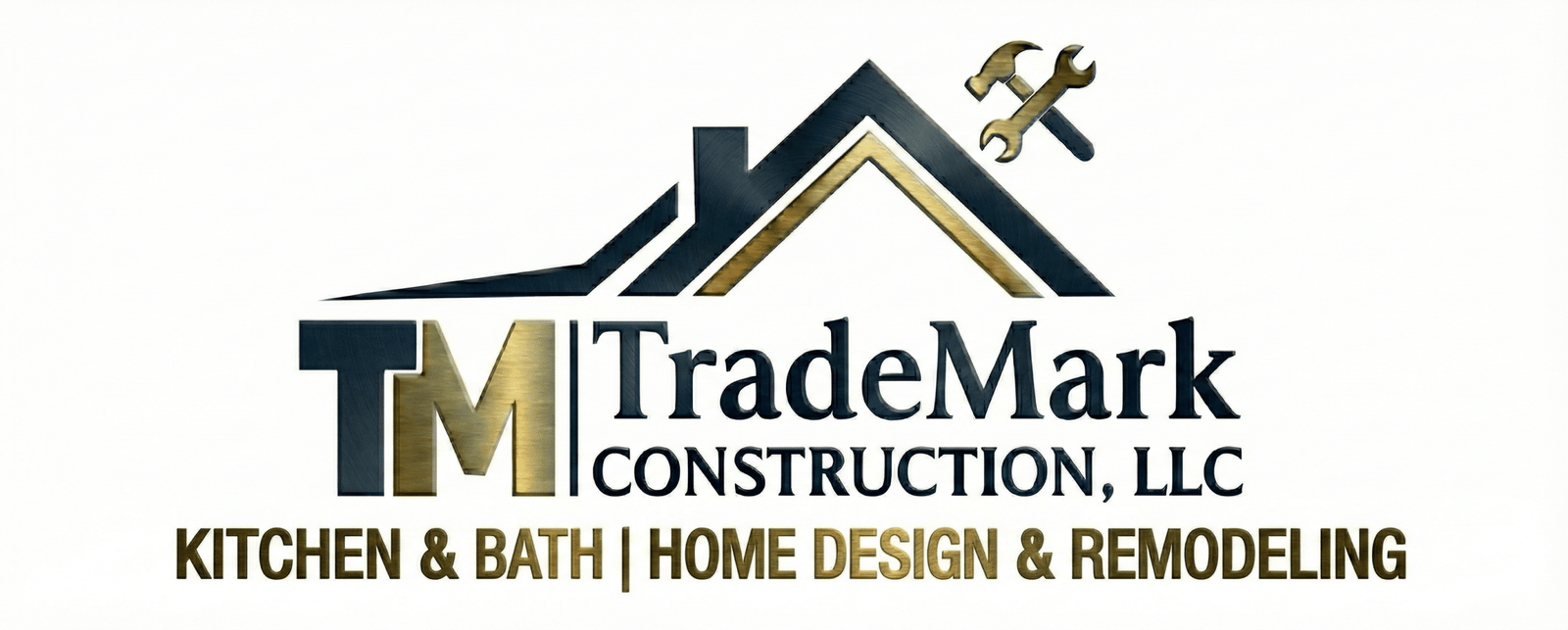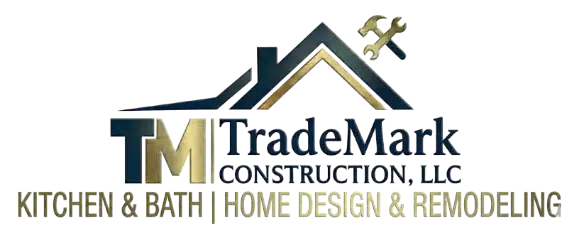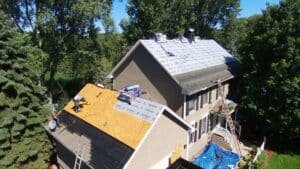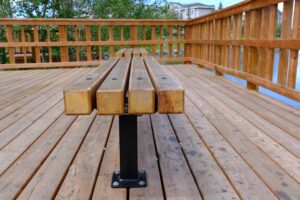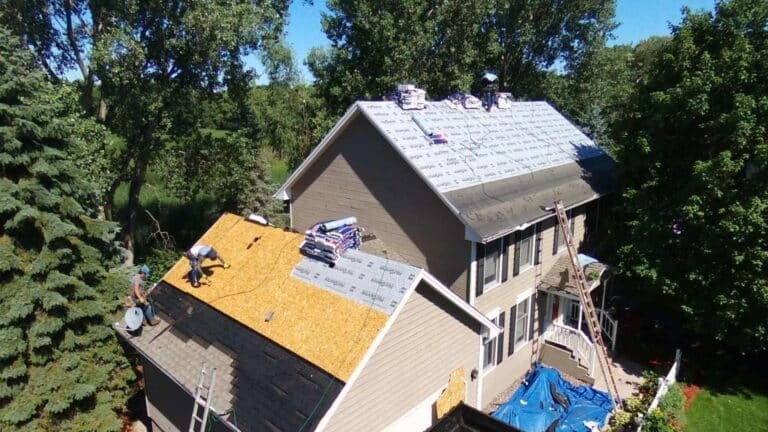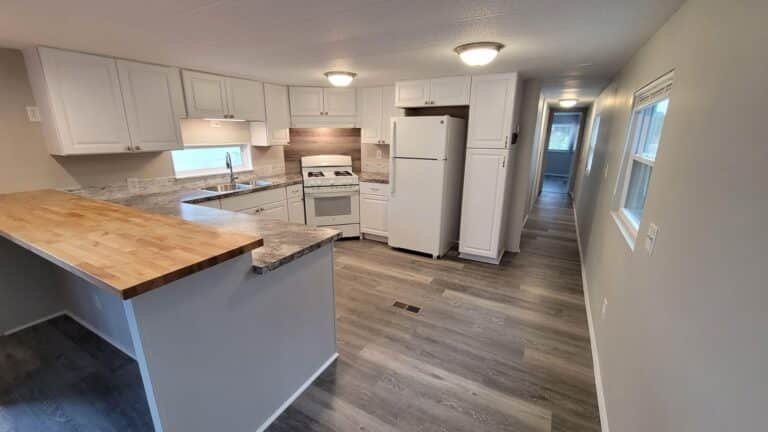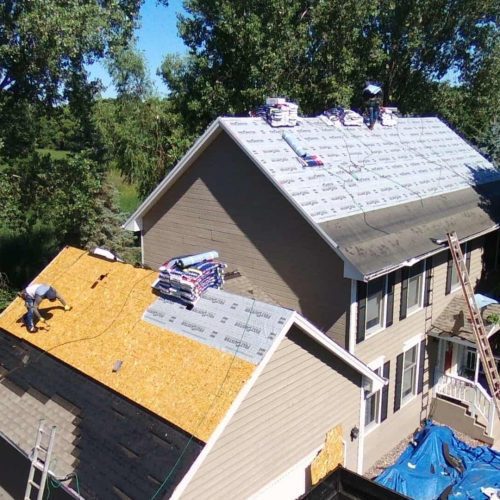
Living in Baltimore, you’re no stranger to unpredictable weather. One moment it’s calm, and the next, a storm rolls in, pounding your roof with heavy rain, strong winds, or even hail. When that happens, the damage can be sudden and serious. Water may begin to leak into your attic, shingles could get ripped away, or parts of the roof might start sagging. If you’re dealing with that kind of situation, getting roof repair in Baltimore right away can protect your home from deeper structural damage and costly repairs down the line.
This guide will walk you through practical steps for handling emergency roof repair without delay, confusion, or added stress.
How to Spot Roof Damage After a Storm Hits
Roof damage is not always easy to see. Serious problems often start small and grow worse over time. These hidden issues can lead to major repairs if ignored. That’s why you need to check your roof carefully as soon as it’s safe.
Start by scanning your roof from the ground. Look for any shingles that are missing, cracked, or curling at the edges. Keep an eye out for fallen branches, loose flashing, or debris that wasn’t there before. If you notice a buildup of granules in your gutters, that’s often a sign your shingles took a beating and may be nearing the end of their lifespan.
Inside, check for yellow or brown stains on your ceilings, flaking paint, or a damp, musty smell in the attic. These can all signal that water has made its way in—even if you can’t see an active leak yet.
Immediate Steps to Take When Your Roof Is Damaged
If you’ve confirmed visible damage or interior leaks, here are the first things to take care of:
Contain the water: Place buckets or containers under leaks. Move electronics and valuables out of the area.
Cover the damage: If it’s safe to go outside, and you have access to a tarp, gently secure it over the affected area using roofing nails or heavy objects to keep it in place. This is a short-term fix that helps prevent more water from getting in.
Document everything: Take photos of the damage—inside and out. These will be essential if you need to file an insurance claim.
Calling a professional roofing contractor should be your next step. Emergency situations aren’t DIY-friendly. An experienced team can assess hidden damage, climb safely, and make effective repairs that last.
When It’s Time to Contact a Professional Roofer in Baltimore
There are times when checking the roof yourself is not enough. Certain problems need trained eyes and proper tools. If you see missing shingles, sagging spots, or visible holes in the roof, you need to call a professional roofer right away.
Shingles Are Missing or Broken
If shingles are torn, curled, or missing, the roof cannot protect your home from rain, wind, or further damage.
Water Stains Keep Spreading Indoors
Brown spots or water marks on your ceiling mean a leak is active and needs professional repair before it gets worse.
Roof Looks Uneven or Sagging
A sagging area often means water has soaked into the structure. This is a serious issue that needs immediate help.
Flashing or Vents Are Damaged
Flashing around chimneys or vents protects weak spots. If it’s cracked or loose, water can enter and cause leaks quickly.
Pooled Water on a Flat Roof
Standing water on flat roofs means drainage is blocked or sloped wrong. This puts weight and moisture directly on your roof.
Your Neighbor’s Roof Was Damaged Too
If nearby homes have damage from a storm, your roof may have been hit as well. A check is necessary.
Tree Limbs Fell Near or On the Roof
Even if the roof looks fine, falling branches can break shingles, puncture layers, or shift flashing. Always get it checked.
You Feel Unsafe or Unsure About the Roof
If you’re unsure about roof damage, don’t guess. A roofer can inspect it safely and find hidden problems you might miss.
What Happens During an Emergency Roof Repair?
When the crew arrives, they begin with a full inspection. They check inside your attic and the outside of the roof. They use ladders, cameras, or thermal tools to find soft spots, broken shingles, torn flashing, or wet insulation. Once the damage is clear, they take steps to keep things from getting worse.
This may include:
a. Clearing off branches, leaves, or other debris
b. Supporting weak spots so the roof doesn’t collapse
c. Sealing leaks with strong materials that dry fast
d. Replacing or patching damaged shingles or metal panels
Some repairs are temporary to stop water or wind. If rain or snow is still coming, the roofer may return later to finish the job. Everything depends on how bad the damage is and if the weather allows for full work.
Contact Trademark today
A Safe Roof Means a Safer Home
The average cost for a small roof repair in Baltimore is over $600, but this can increase depending on the extent of the damage and the materials needed. Timely action is crucial, as delaying repairs only leads to higher costs and more extensive damage down the line.
When it’s damaged, problems like leaks, mold, and weak spots begin fast. These issues can ruin walls, floors, and insulation if left alone. Knowing when to act, what signs to look for, and who to call matters. A damaged roof does not fix itself. Repairs done late often cost more.
If your home shows signs of roof trouble, get help right away. For homeowners in Baltimore, Trademark Construction is a reliable choice for fast, honest, and skilled roof repair when it matters most.
